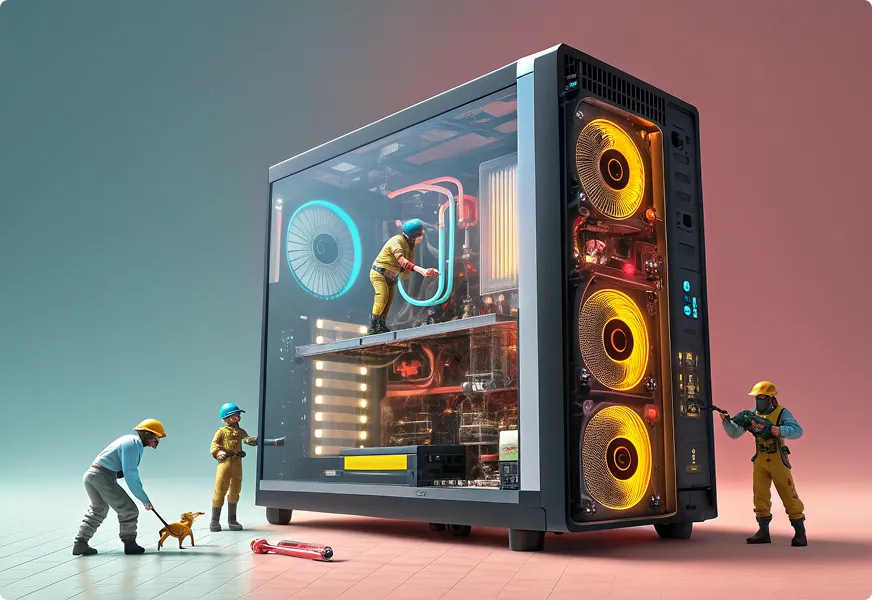Cookies and privacy
We use cookies to improve your experience and analyze website traffic. If you continue browsing, we believe you accept their use. For more information


Nothing ruins a gaming session like stuttering, low FPS, or input lag. Before you rush to buy a new GPU or CPU, try these optimization tricks to squeeze every last drop of performance from your current setup.
First, update your drivers. Outdated GPU drivers are a common cause of poor performance. Download the latest version of NVIDIA GeForce Experience or AMD Adrenalin, and enable automatic updates. Don’t forget chipset drivers (for your motherboard) and Windows updates—they can impact stability and performance.
Next, optimize in-game settings. Not all graphics options affect performance equally. Lowering shadows, ambient occlusion, and anti-aliasing can boost FPS with minimal visual impact. Disable motion blur and depth of field for sharper visuals. If you’re playing a competitive shooter, reduce render resolution (e.g., 90% scale) for higher FPS without drastically hurting image quality.
Close background apps. Programs like Chrome, Discord, and streaming software eat up RAM and CPU cycles. Use Task Manager (Ctrl+Shift+Esc) to end unnecessary processes. For a more aggressive approach, try Windows Game Mode (Settings > Gaming > Game Mode), which prioritizes system resources for games.
Overclocking can give you a free performance boost—if done safely. Use MSI Afterburner for GPU overclocking (increase core clock and memory clock in small increments). For CPUs, Intel XTU or Ryzen Master can help, but watch temperatures! Undervolting (reducing voltage while maintaining performance) is another way to improve thermals and prevent throttling.
SSDs vs. HDDs also matter. Install games on an NVMe SSD to reduce load times and texture pop-in. If you’re still using a hard drive, defragment it regularly (but never defrag an SSD!).
Finally, cooling is key. Dust-clogged fans cause overheating, leading to thermal throttling. Clean your PC with compressed air, and consider reapplying thermal paste if CPU temps are high. For laptops, a cooling pad can help.
If you’ve tried all this and still need more FPS, it might be time for a hardware upgrade. Check out our store for the latest GPUs, SSDs, and RAM kits to supercharge your rig!